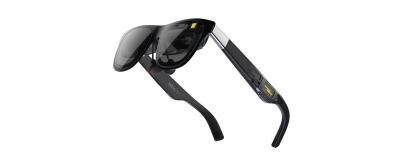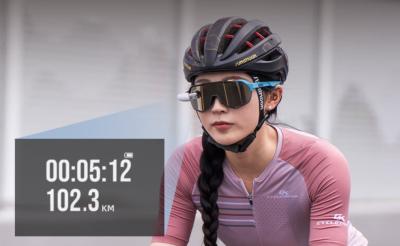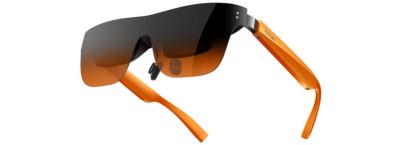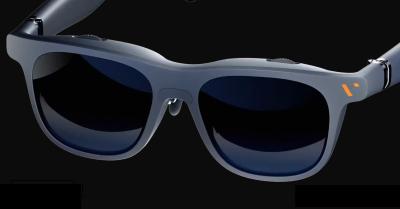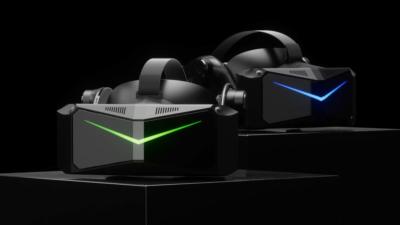XREAL One / One Pro
XREAL's One Series of AR HMDs include two models. The XREAL One is powered by two 0.68" FHD Sony OLED microdisplays, while the XREAL One Pro is powered by newer 0.55" FHD Sony OLED microdisplays. Both headsets are based on XREAL's X1 chipset, offer a 50-degree FOV (57" on the One Pro) and a Bose sound system.
The XREAL One will ship by the end of 2024, while the One Pro will ship in early 2025.

